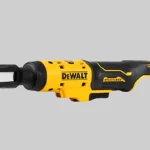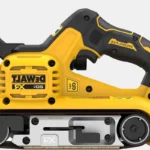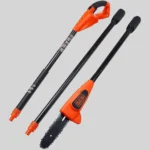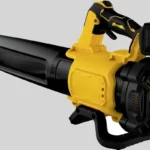Welcome to the wireless revolution in power tools! Gone are the days of being tethered to a wall socket. Today, cordless tools not only free you from the snarl of electrical cords but also enhance your workspace safety and efficiency. Whether you’re climbing ladders, moving across vast job sites, or working in tight corners, cordless tools are your reliable allies.
Historical Context and Technological Advancements
The journey of cordless tools began in the swinging ’60s when Black and Decker introduced the world to the first battery-powered drill. This was not just a step but a giant leap in the tool industry, initiating a new era where convenience met portability. Since then, the evolution has been fueled by leaps in battery technology, notably the shift from NiCad to Lithium-Ion cells. This switch offered longer life, less weight, and better power capacity, propelling cordless tools to new heights of market acceptance and user preference.
Benefits of Cordless Tools
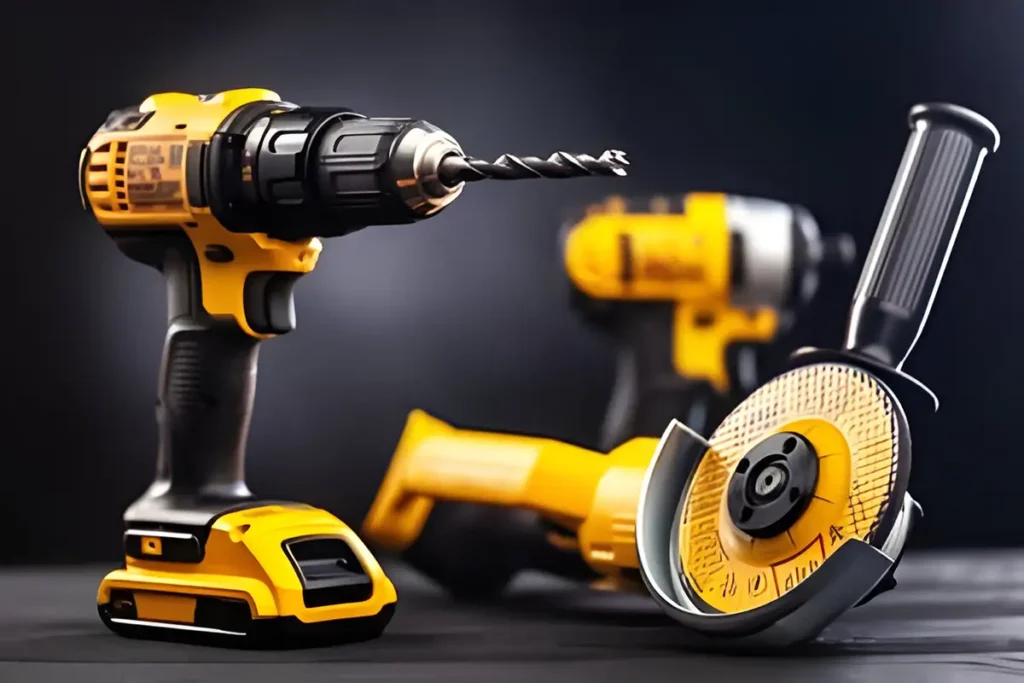
Portability
Freedom is the name of the game. Without the need for continuous power sources or the trip hazard of trailing cords, cordless tools allow you to take your craft anywhere—be it atop a roof or the far end of your backyard.
Safety
Each cord on the floor is an accident waiting to happen, especially on busy sites. Cordless tools significantly cut down these risks, making them a favorite in safety-first environments.
Versatility and Convenience
Switching between tasks? Cordless tools say, “No problem!” Without the hassle of unplugging and plugging in, you transition smoothly from one task to another, which is a boon especially when time is of the essence.
Increased Productivity
Imagine the efficiency of scaling ladders without a cord or moving freely without unplugging. That’s the daily reality with cordless tools, which streamline operations and reduce setup times dramatically.
Comparative Analysis With Corded Tools
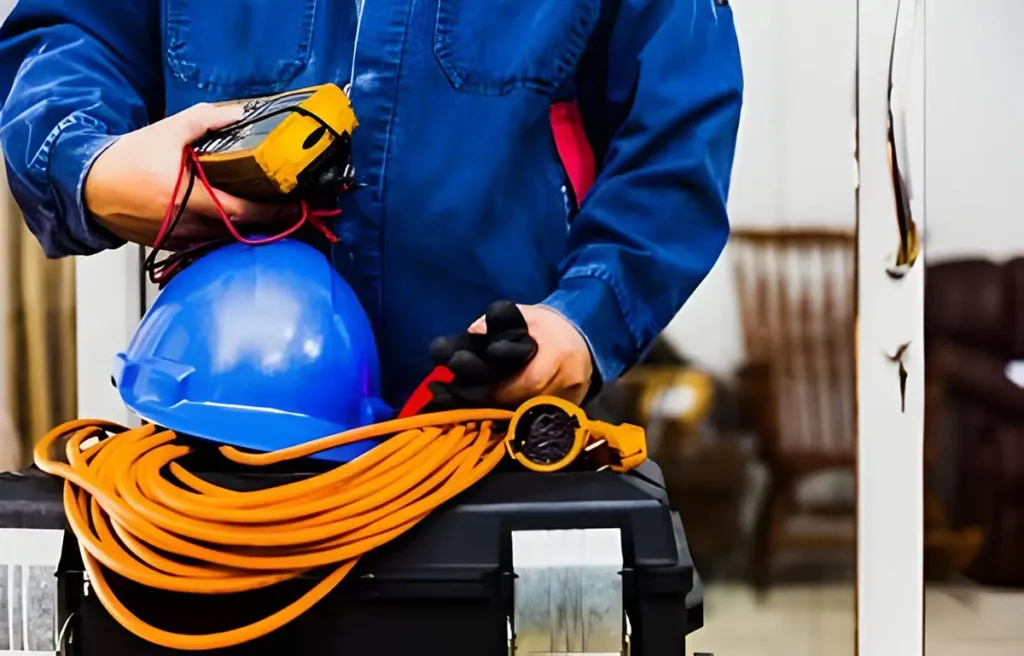
Power and Performance
There was a time when corded tools ruled the roost with their unmatched power. However, with today’s advancements, cordless tools are hot on their heels. Sure, heavy-duty tasks might still require corded beasts, but for most day-to-day applications, cordless tools are more than up to the challenge.
Cost-Efficiency
Initially, cordless tools might pinch the pocket a tad more than their corded cousins. However, the investment often pays off in the long run with reduced electricity bills and maintenance costs. Plus, the convenience factor can lead to quicker job completion, which in itself can be a cost-saving.
Lifespan and Durability
Modern cordless tools are not only designed to last but also to endure the rough and tumble of active work environments. With advancements in casing technology and battery life preservation, these tools are built to withstand both the elements and the test of time.
Use Cases and User Testimonials
From high-rise constructions to backyard projects, cordless tools are proving their mettle. Take, for example, Sam, a professional contractor, who switched to a fully cordless setup. “I can’t remember the last time I had to hunt for an outlet,” he says, beaming with the joy of freedom. Sam’s story is just one of many where cordless tools have turned day-long tasks into morning delights.
Experts in the field are also noting significant changes. According to a recent survey, 70% of construction professionals report an increase in productivity after shifting to cordless tools. They cite not only the time saved but also the reduced physical strain as cords no longer limit their movement.
Potential Drawbacks
Battery Life and Management
While the freedom from cords is liberating, it comes at the cost of battery management. Frequent users like Mike, an electrician, suggest having multiple batteries on hand. “Nothing kills momentum like a dead battery. I always keep spares fully charged,” advises Mike. This strategy helps mitigate one of the few downsides of cordless tools—the downtime during recharging.
Initial Investment
Cordless tools can be pricier upfront—a factor that might deter some. However, as tech enthusiast and blogger Linda points out, “The initial investment is quickly offset by the durability and the savings on not buying extension cords or paying for higher electricity use from corded tools.”
The Future of Cordless Tools
The future looks bright as manufacturers are pushing the boundaries with smarter, more efficient batteries and even solar charging options. These innovations aim to make cordless tools not only more convenient but also more environmentally friendly.
Market analysts predict a surge in the adoption of cordless tools across industries. With growing awareness and improving technology, the shift from corded to cordless could become the standard rather than the exception.
Embracing cordless tools is more than just cutting the cord—it’s about enhancing your efficiency, safety, and flexibility in ways previously unimaginable with corded tools. As we continue to see improvements in technology, the gap between corded and cordless will likely close further, making the latter an essential part of any toolkit.

Matthew Dowell
Matthew, a seasoned builder from a family of craftsmen, leads Tools Trove. His passion for tools and decades of hands-on experience fuel his commitment to providing expert reviews and insightful content. Whether you’re a pro or a DIY enthusiast, Matthew’s guidance ensures informed decisions in the world of tools.

